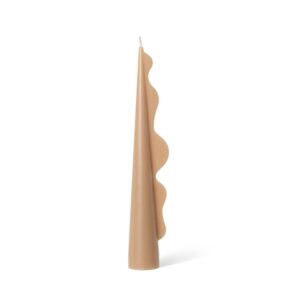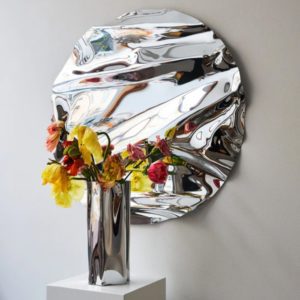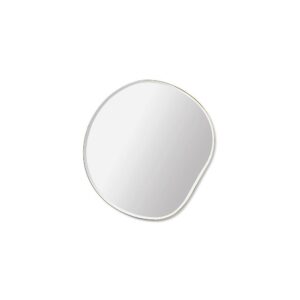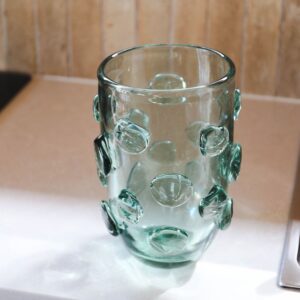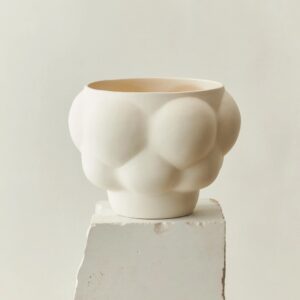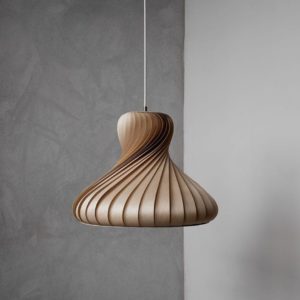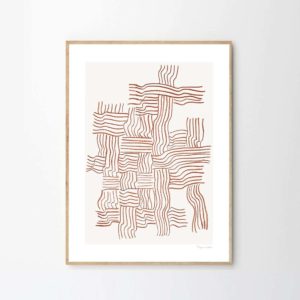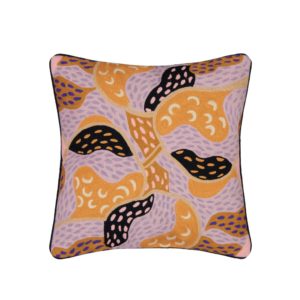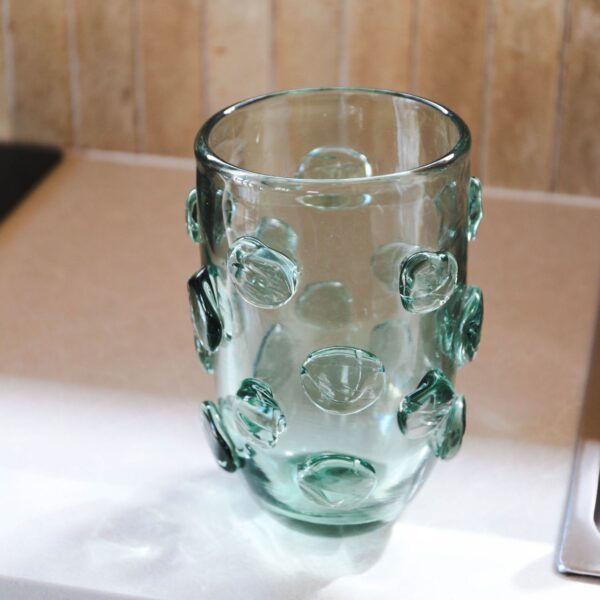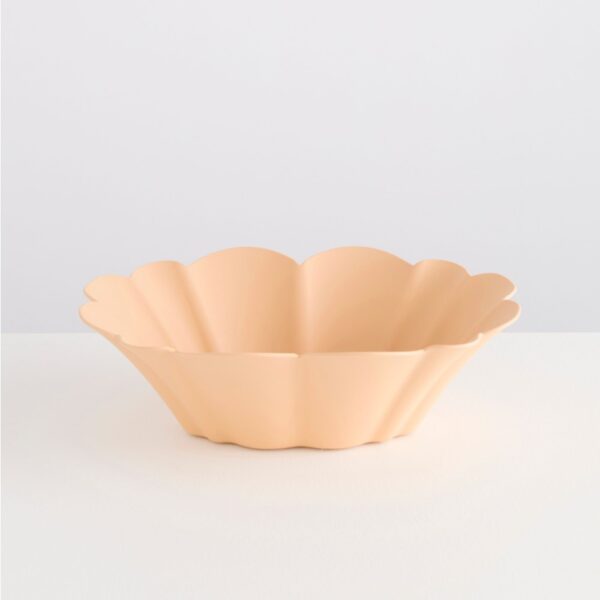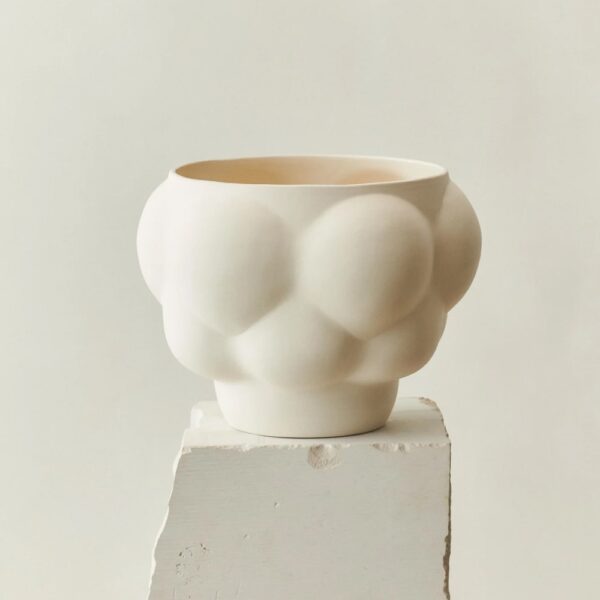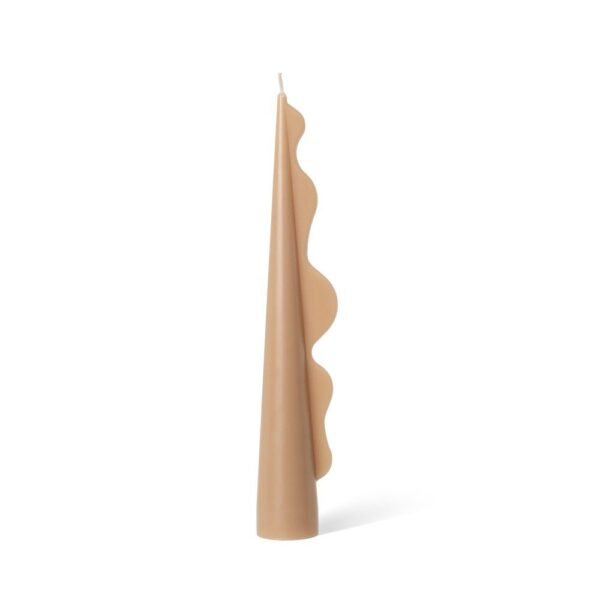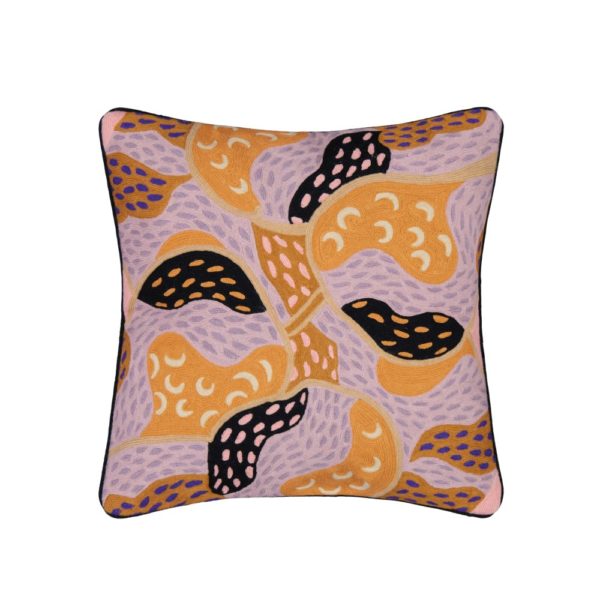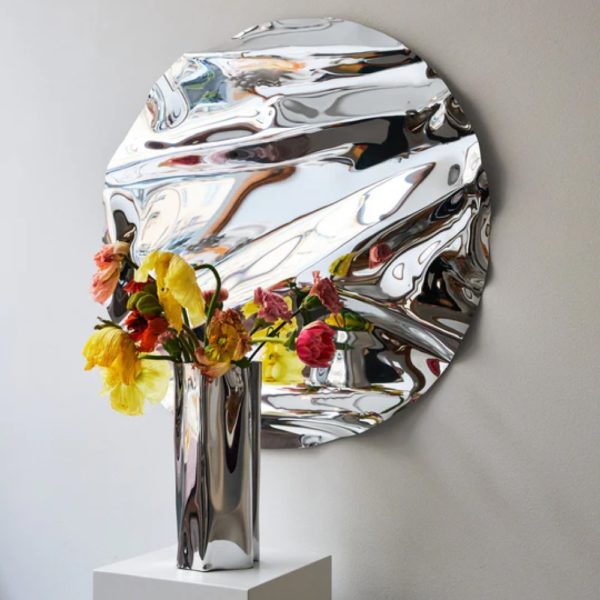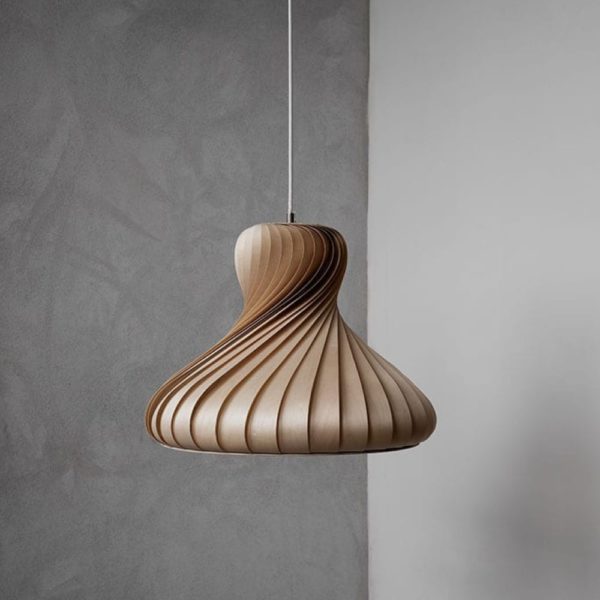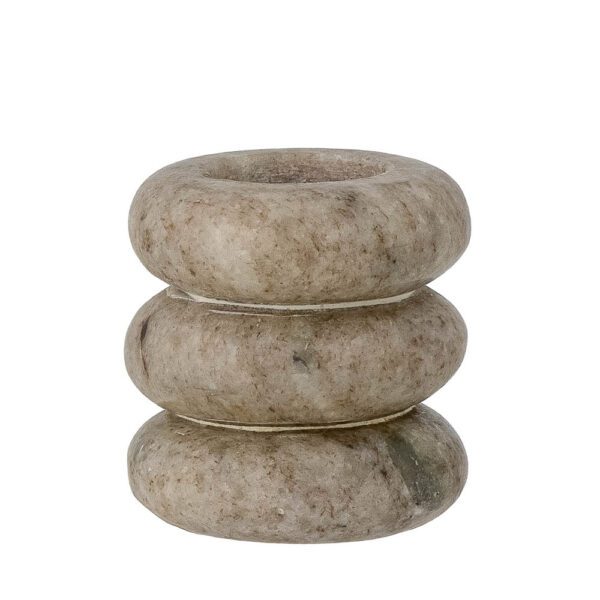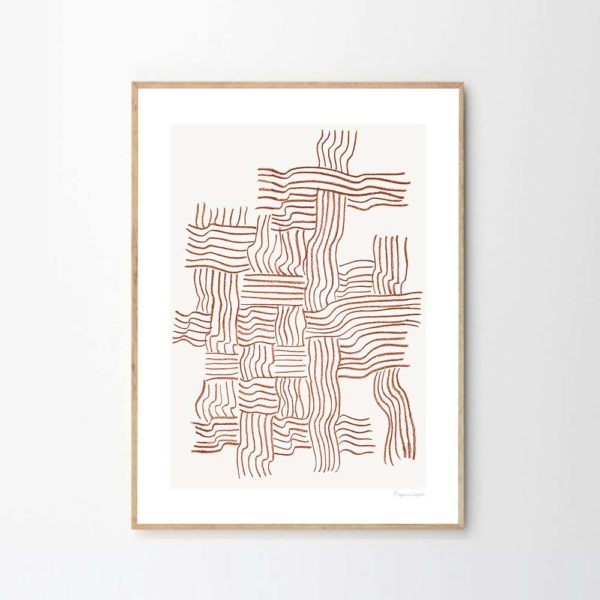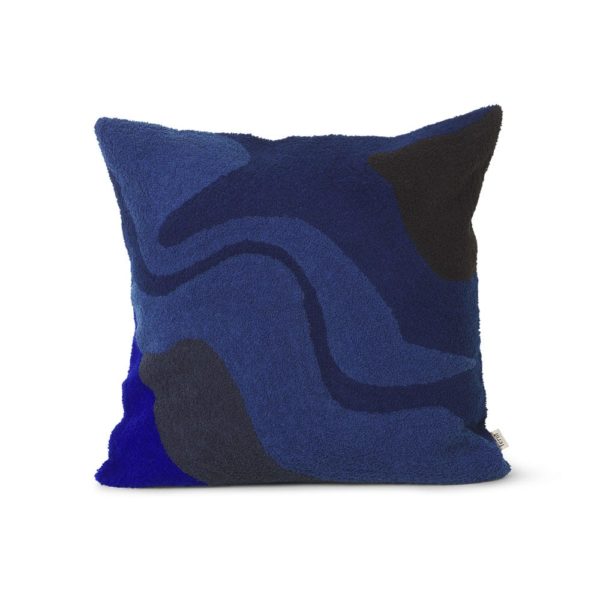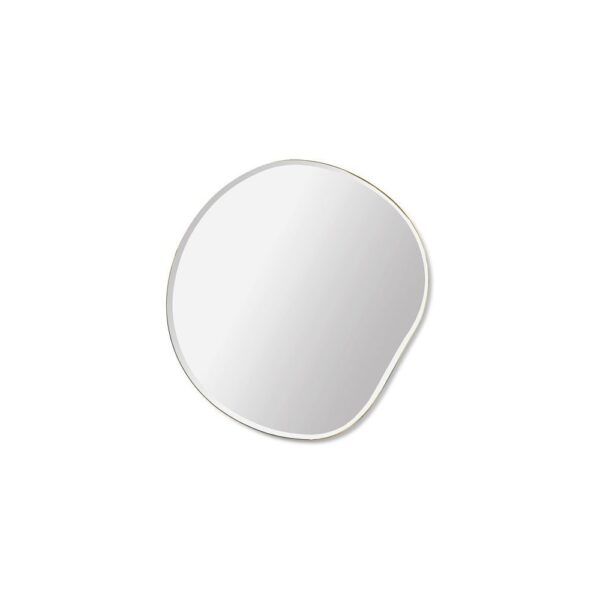Organic Shapes; we’ve never embraced a design trend so quickly. Whether it’s the graceful curve of a chair, or a shapely mirror adorning the wall, each brings a calming touch like no other. The absence of strict and rigid linearness promotes relaxation, and an appreciation for the perfections of imperfections.
Organic shapes aren’t a new concept. They bring a timeless touch that transcends eras and can be traced back centuries (as far as the 1800s). And though this particular trend has gone through periods of restful hibernation, as many do, it’s never truly disappeared.
In fact, we could say the organic shapes movement is well and truly back, stronger than ever before!
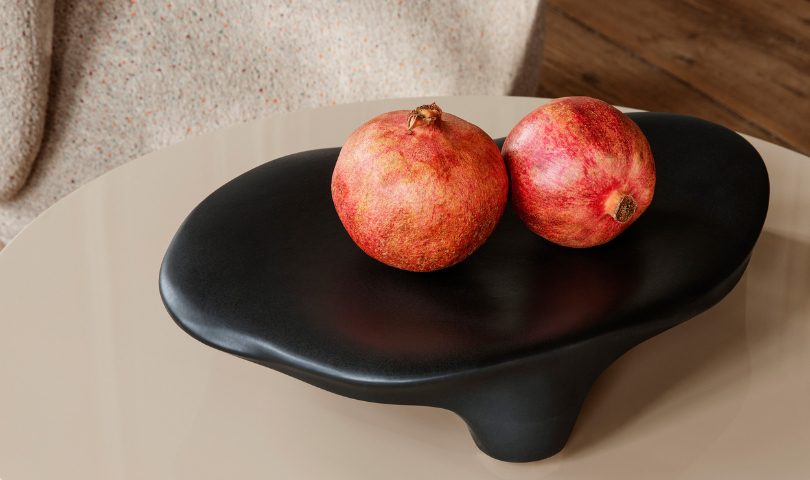
A Nature Inspired Aesthetic
It’s rare to find something in nature that’s truly linear. There’s no rigidity – it’s all fluid and movement; trees, rivers, even cracks in the footpath are rarely geometrically precise. They curve and bend, embracing their asymmetrical penchants. And it’s this shapely flow that inspires the organic shapes we see across contemporary home decor.
When we consider the variety of design elements at our decorating disposal, shape and silhouette stands out for its ability to add depth, structure and convey different emotions. Geometric shapes often symbolise order and stability, evoking feelings of tension or excitement with their sharpness. Whereas organic shapes are more rounded and free-forming, which help evoke feelings of calmness and comfort.
It’s these organic shapes that have led to the nature-inspired aesthetic (#biophilicdesign anyone?). It’s a concept mirrored in some of the most iconic of designs-you only have to say the names Eames, Arne Jacobsen or Noguchi to visualise organic shaped furniture and lighting pieces.
These creations show how the magic of nature inspired aesthetics timelessly transcend eras, defining many movements in the design world.
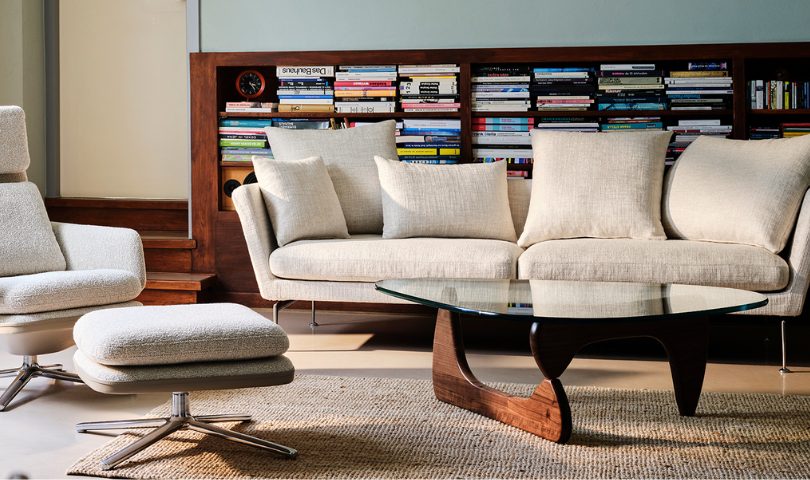
When Did Organic Forms Rise To Interior Fame?
Organic shapes in design have been around for a looooonnnng long time. We’re talking 19th century long. The Art Nouveau movement is where it really shot to fame, though it’s the 20th century that you’re probably most familiar with. The Mid-century Modern era featured the resurgence of organic elements, a pivot away from geometric patterns of eras before. Designers, including Ray and Charles Eames and Arne Jacobsen, embraced biomorphic shapes and designed furniture with flowing organic curves.
These pieces are still widely sought after (you can make a mean buck or two if you have an original). People obviously know a good thing when they see it, and we have organic forms to thank for that!
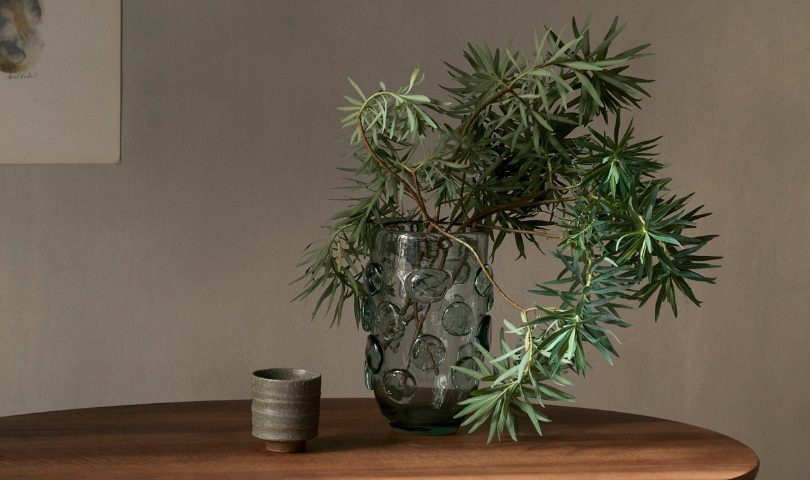
This Is How You Do It
This century has seen designers reimagine the trend again – but in a fresh, accessible way. Danish designers in particular favour organic forms in their works, and lucky for us, we know an online store housing an abundance of beautiful Scandinavian designs (hi, it’s us!).
It’s really about uniting the outdoors with inside spaces. We’re talking organicness in everything, from furniture and decor to artworks, colour palettes and materiality.
While furniture is an obvious way to incorporate the trend, smaller organic shaped items are a cost-effective alternative.
A great place to start: ferm Living. They have a curvalicious collection of organic shaped pieces that promises to bring the curvy stun gun in every corner of your home. Add a Pond Mirror to your entryway for last minute face and fit checks. A Lump Vase or Esca Pot to house the outdoors you bring in. There’s also the Fracture Shelf for storage and organisation (and let’s be honest, who wouldn’t love more of that in their home).
If your walls are where you’d prefer to get your organic going, the Stone Formation Glass Print from Middle of Nowhere or Woven, Abstraction and Green Ocean prints from The Poster Club could be the perfect additions to your home.
And when it comes to the perfect finishing touch, you can’t go wrong with the 101 Copenhagen Bloom Tray, Louise Roe Balloon Bowl 06, Bloomingville Damilla Soap Dish, Black Blaze Seaweed Pillar Candle or literally half the products we stock if we’re being completely honest!
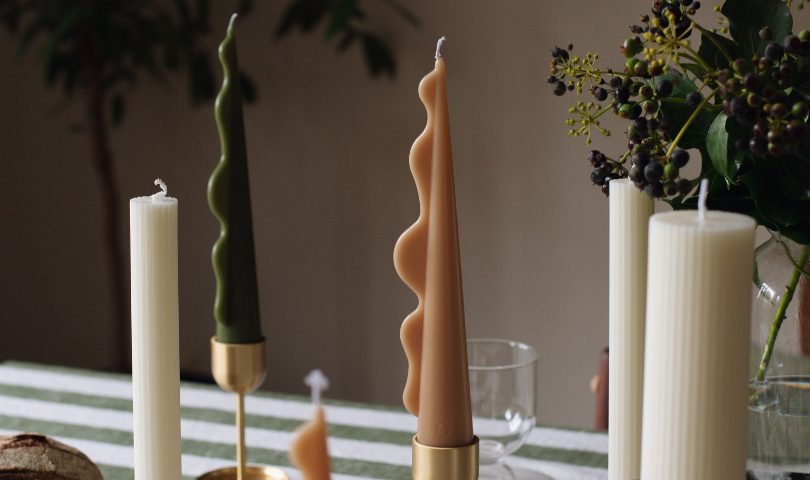
Final Tips – A Shortlist
1. Add organic shaped decor in varying size and heights such as vases, bowls, sculptures and wall art. Style as vignettes around your home to draw the eye and create a cohesive theme.
2. Rugs, cushions and blankets that feature organic patterns can help bring a nature inspired aesthetic into your decor. Consider natural fabrics with soft flowing textures for some bonus fluidity.
3. Visual balance is key. Pair curved objects with linear pieces, and do your best to spread these equally throughout your space. This doesn’t have to be a one to one ratio, but rather a thoughtful distribution that creates a sense of equilibrium and flow. Asymmetrical balance is still equal.
4. Consider colour: mix warm and cool tones across these pieces as well for extra depth and a deeper connection to nature. Lean towards an earthy palette – browns, greens, terracottas and burnt oranges, taupes, beige, wood tones, etc etc etc.
Now Let’s Got Get Some Gorgeous Shapes Into Your Home
We’ve covered a lot, but it’s good to have a strong idea of the what, when, and why, before tackling the how – context is always key. Let’s recap.
1. The organic shapes trend is derived from nature. Curves, bends, and spirals make us think of the outside world, and bring a greater sense of peace and tranquility compared to that from things that are linear or sharp.
2. Organic forms became REALLY popular in the 19th and 20th century. Mid Century designers, such as Noguchi, Eames, and Arne Jacobsen, really leaned in to shapes and silhouettes that paid homage the to things found in nature.
3. Spaces that employ organic forms successfully are built on the desire to bring the outdoors inside, and can be achieved with simple smaller accessories (though larger furniture pieces will really bring the look home).
4. Balance your space with a mix of organic shapes and pieces with a bit more geometric structure. This will help when it comes to visual balance, avoiding organic overkill. Too much of a good thing is real.
The trend of organic shapes and forms possess a charm that transcends design fads, offering the promise of timeless and harmonious living.
It’s not just an aesthetic appreciation but an adoration for the way it makes you feel. Simple organic additions to your home can truly make the biggest difference to the way you feel.
And since your home is a place of comfort and calm, if you’re not already incorporating natural organic shapes into your decor, WHAT ARE YOU DOING? Get your organic fix via our edit below.

